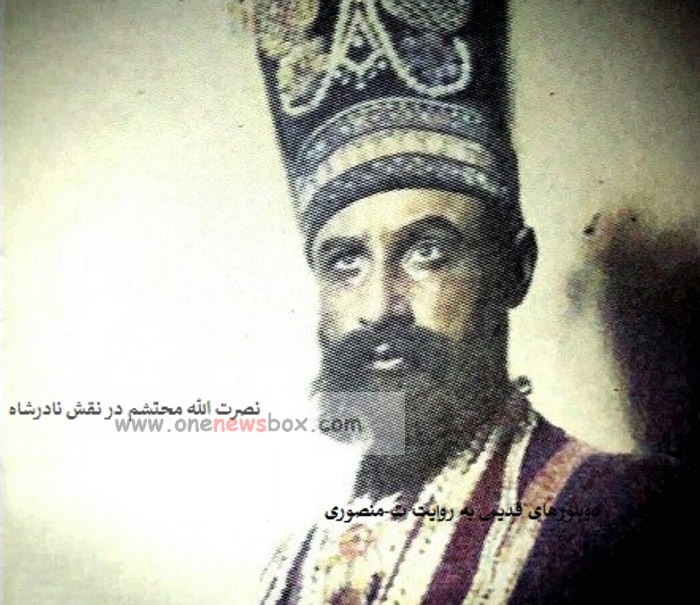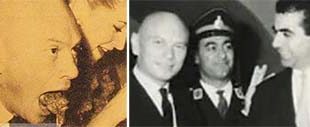The Method Behind the Majesty
Mohtasham’s acting was not merely a matter of costume and diction. He was among the first performers to develop a structured approach to acting that predated the later influence of Western theatrical methods. Colleagues described him as a meticulous researcher—he would spend weeks reading about a historical character before stepping into the role. For his portrayal of Sultan Mahmud, he reportedly consulted with scholars on Ghaznavid court etiquette and costume design.
He also had an extraordinary memory. Fellow actor Parviz Khosrowshahi once recalled that Mohtasham could memorize entire scripts in a matter of days and was known to correct other actors on stage if they missed a line. His perfectionism sometimes led to disputes with directors, but few doubted his dedication to the craft.
Moreover, Mohtasham trained a generation of younger actors in Lalehzar, holding informal classes backstage and sharing his knowledge of rhythm, pacing, and gesture. Several of later cinematic legends credited Mohtasham as a key influence on their development.
Political Underpinnings and Cultural Symbolism
Though never overtly political, Mohtasham’s roles often carried political undertones. The state’s encouragement of his historical portrayals during the Pahlavi era was no accident. Reza Shah’s regime promoted a narrative of nationalism that celebrated pre-Islamic and imperial figures, and Mohtasham’s dramatizations fit perfectly into that agenda. By reviving monarchs and mythic leaders, he contributed to a cultural project aimed at unifying around a proud, ancient identity.
However, Mohtasham also nuanced these portrayals, often humanizing his characters and showing the burdens of power. In this way, he subtly pushed back against simplistic glorification, offering more psychologically rich narratives.
After the 1979 Revolution, historical theater fell out of favor. Mohtasham, by then in his late 60s, retreated from public life. His past associations with royalist narratives made it difficult for him to continue working in a state-sponsored cultural environment now focused on religious and revolutionary themes.
Legacy and Cultural Memory
Nosratollah Mohtasham passed away sometime in the early 1980s, but his exact date of death remains a matter of speculation. His name, however, never disappeared entirely. In academic circles, he is still cited as one of the founding fathers of modern Iranian theater. A theater in south Tehran bears his name, and on special occasions, his legendary 1945 performance in Agha Mohammad Khan Qajar is recalled in nostalgic articles and television retrospectives.
His image—dressed in Qajar court robes, seated on a makeshift throne under bright stage lights—is a symbol of an era when Iranian theater wrestled with the weight of history and the promise of modernity. Through his regal characters, Nosratollah Mohtasham not only entertained but educated, not only performed but provoked thought.
In a time when Persian identity was being redefined under the twin pressures of modernization and nationalism, Mohtasham gave voice to the ghosts of royal past. His portrayals invited audiences to reflect on power, violence, and destiny. And in doing so, he earned his place not only on stage but in the pantheon of Iranian cultural icons.

